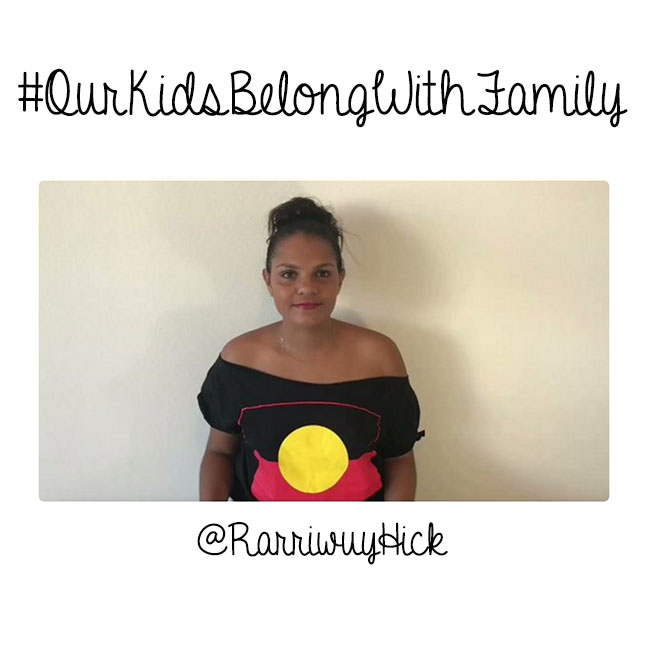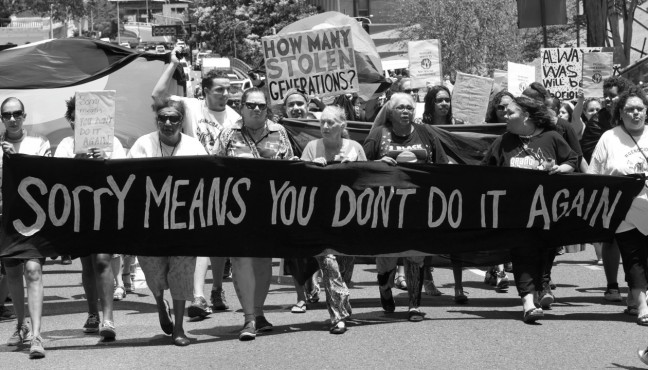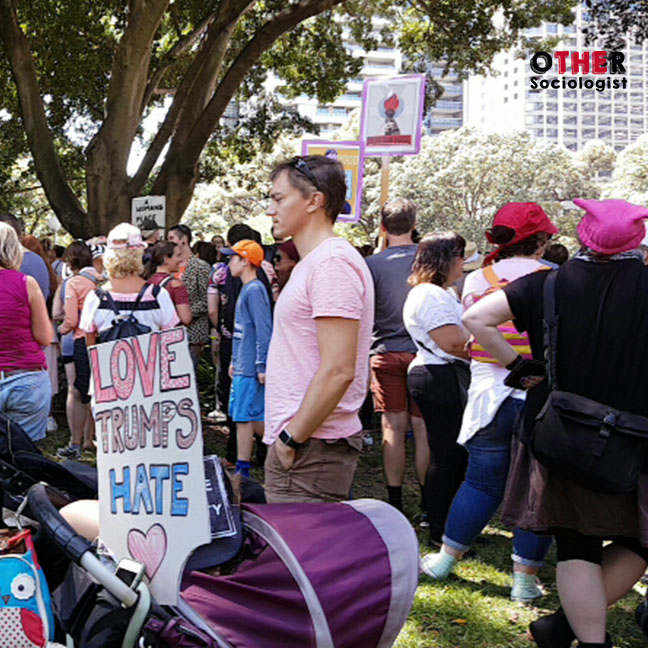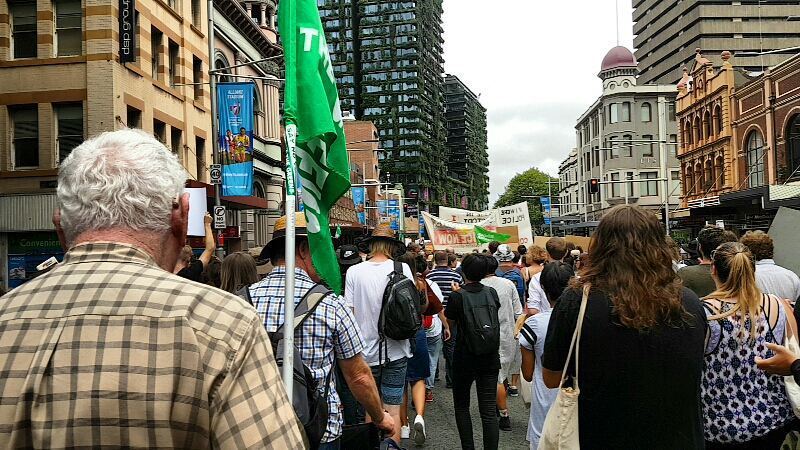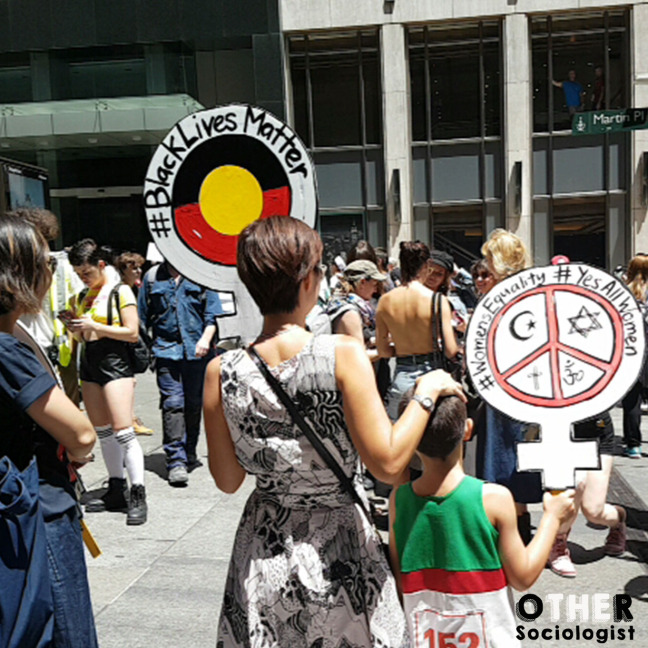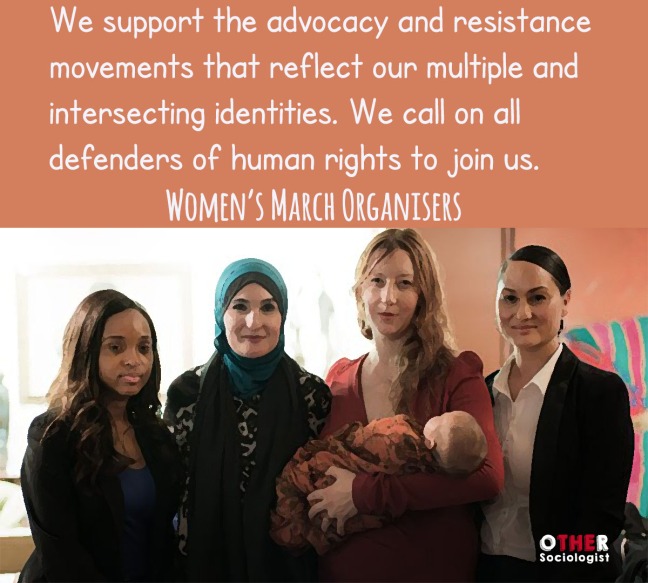I was interviewed for this article by BuzzFeed on March for Science:
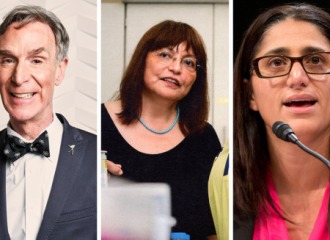
“It took one tweet by one high-profile male scientist for the organisers to completely retreat from the diversity statement that they put out” Zuleyka Zevallos, a sociologist at Swinburne University in Australia, told BuzzFeed News. “It’s important because it shows that there’s a wavering commitment to diversity that is swayed by the status quo in science.”
I welcome the news of the three new honorary co-chairs of the march: Bill Nye, Dr Lydia Villa-Komoroff, and Dr Mona Hanna-Attisha, however there is a lot of work ahead to address diversity within the march. The news is also soured by the fact that Nye was going to be announced solo.
I was interviewed twice as a result. In my first interview I conveyed strong disappointment at the decision to make a White man the face of the march and noted that a woman of colour would have been a step forward. I also argued that the organisers needed to appoint transgender women and women with disabilities to address key gaps in leadership. Around this time, the STAT News article came out (for which I was also interviewed) and caused more controversy and so the organisers held off on announcing Nye. And so while these two accomplished women of colour scientists are wonderful leaders, they are, nevertheless, an afterthought. Their inclusion is also an outcome of strong negotiation by one of the women of colour on the committee and public lobbying by underrepresented scientists. Nye’s comments in this article are counter-productive:
“With respect to diversity — is that the key word here? There’s a diversity committee on the march, and they’re working this problem. I was born a dorky white guy who became an engineer. I’m playing the hand I was dealt. We can’t — this march can’t solve every problem all at once.”
The only reason Nye can make this argument – that diversity can wait and that it’s someone else’s problem – is because he’s a White man. His comments are ill informed and will only feed the detractors. Moreover, Lydia Villa-Komaroff and Mona Hanna-Attisha are practising scientists who have made a huge impact on pressing issues (insulin research and exposing lead poisoning in the Flint water crisis, respectively). It goes to the heart of problems in science that a White male personality gets top billing over more accomplished women of colour researchers.
Looking forward to better leadership moving forward, and for the march to make concrete progress on equity, inclusion and accessibility.

